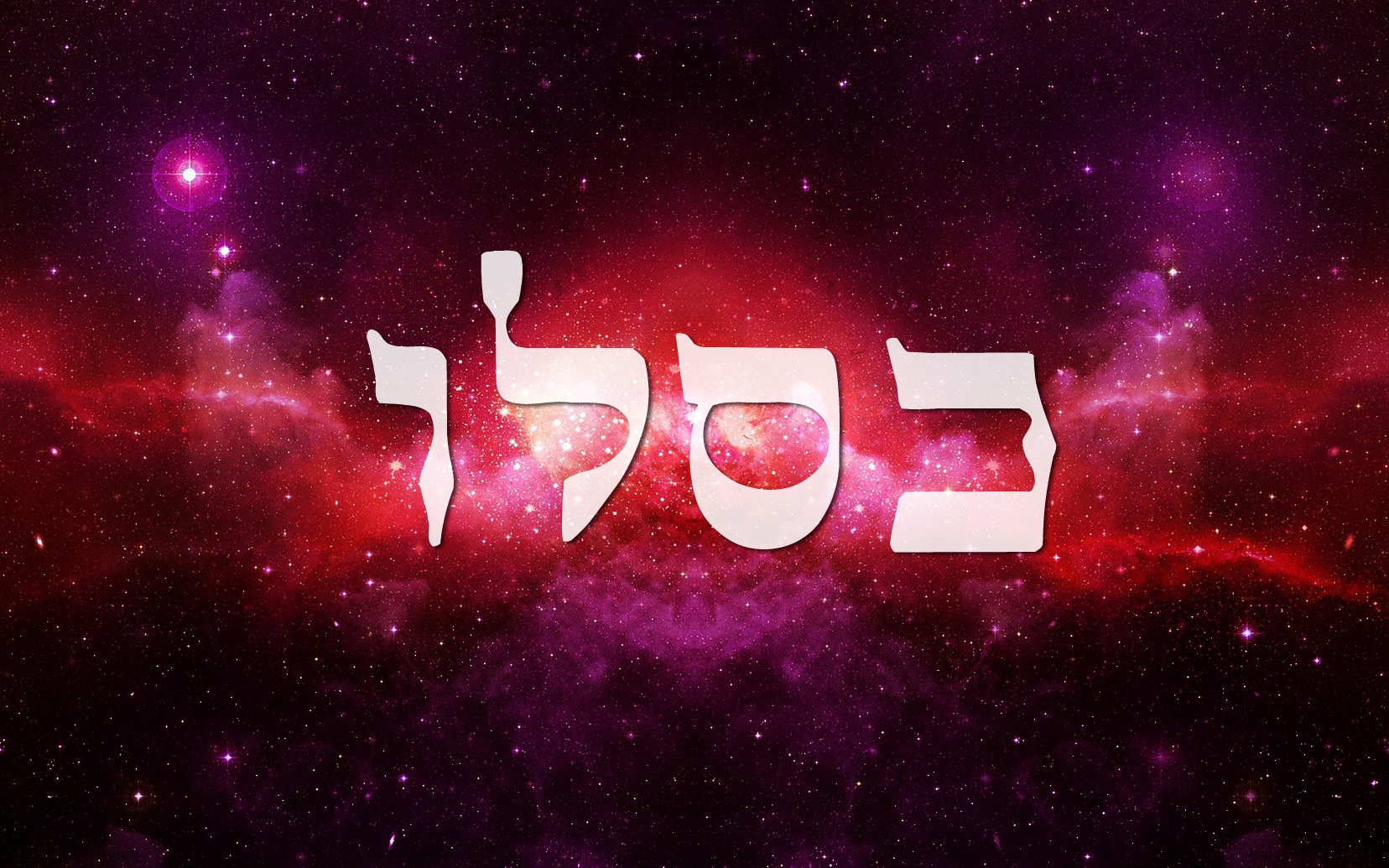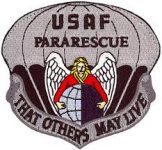The Morning Star
So you know who the morning star is? Is it applied to Yahoshua (Yeshua) or to satan? Can it be both? Can the Messiah give someone the morning star if He is the morning star? According to popular theology it is Yahoshua (Yeshua). Friends, believers, and fellow YaHVaHists, this theology is completely wrong.
Edersheim brings some understanding in his footnote 25, “Among all nations ‘the star’ has been associated with the future glory of great kings” (286, Bible History Old Testament). Secondly, Scripture gives the allusion of stars also being angels (messengers) of El, see Judges 5:20, Job 38:7, Daniel 8:10, Isaiah 14:13, and Revelation 1:16, 1:20, 3:1, 9:1, and 12:4.
Consider the verse in the New Testament said to apply this title to Yahoshua (Yeshua), Revelation 22:16.
- The KJV reads, “I [Yahoshua] have sent mine angel to testify unto you these things in the churches. I am the root and the offspring of David, and the bright and morning star.” (emphasis mine).
- The ROSNV reads, “I, [Yahoshua], have sent My messenger to bear witness unto you of these things for the assemblies. I am the Root and the Offspring of David, the bright and the morning star.”
Notice there is no “and” after David in the ROSNV. This is because it literally does not exist in the Greek text. In all of the texts there is a comma after David. This is very important as it shows a separation in the statement.
Revelation 22:16 is the Words of the Messiah and just below that verse (v. 18) we are admonished not to add to what is written, again the Words of the Messiah. More Words of the Messiah in the same Book are: “And I will give him the morning star” (Revelation 2:28, KJV). The simple truth is the Messiah cannot be the morning star if He is to give it to someone else. Back up to verse 26, “And he that overcometh, and keepeth my works unto the end, to him will I give power over the nations;” (KJV). The “him” in this verse is the same “him” being referred to by the Messiah in verses 27 & 28. This is also very important.
Going to Numbers 24:17 we read, “. . . there shall come a Star out of Jacob, and a Sceptre shall rise out of Israel, and shall smite the corners of Moab,” (KJV). This verse is also claimed to refer to the Messiah, yet read fully and in correct context, it also cannot be referring to the Messiah. Why? Because for one the Messiah did not (or has not done) what this verse says this Star and Sceptre will do – “smite the corners of Moab, and destroy the children of Sheth” (KJV). There is more in verse 18 and 19 as well.
The next obvious question would be, “Who did this?” That answer tells you who the Star and Sceptre are and you can find it in 2 Samuel 8:1-2 (and 1 Chronicles 18): “1And after this it came to pass that David smote the Philistines, and subdued them, and David took Metheg-ammah out of the hand of the Philistines, 2And he smote Moab, and measured them with a line, casting them down to the ground, even with two lines measured he to put to death, and with one full line to keep alive, so the Moabites became David’s servants, and brought gifts” (KJV) (emphasis mine). Continue reading and you will see David does the same to Syria, Ammon, Amalek, Hadadezer, and Edom. In 2 Samuel 8:13, “David got him a name when he returned . . .” (KJV).
Scripture does not say the name David received, but it’s not a far stretch to see it, “the morning star.” That’s right, by comparing Scripture to Scripture you clearly see that “the Star” of Numbers 24:17 and “the bright and morning star” of Revelation 22:16 both refer to David, in light of 2 Samuel 8 and 1 Chronicles 18. Remember the comma after David in Revelation 22:16? “. . . David, the bright and morning star” (KJV). Without the “and” it makes sense. The Messiah was proclaiming David as “the bright and morning star,” not Himself.
When Numbers 24:17 was written, there was no King in Israel or Jacob. A sceptre is the authority of a King, especially a righteous King. Although David was not the first king, he was the first king over Israel and Jacob to be a righteous King, a glorious King, and a man after Elohiym’s own heart. Seen in light of Edersheim, it is easy to see David fulfilling Numbers 24:17.
For a long time my spirit has been troubled by the use of the title to both Yahoshua (Yeshua) and satan. We’ve now established it is not Yahoshua, but what about satan and where is it applied to him?
Isaiah 14:4-23 are a judgment directed at the King of Babylonia. However, most authorities equate these verses as also speaking of satan (the devil), especially verses 9 to 15. Verse 12 reads, “How have you fallen from the heavens, O glowing morning star; been cut down to the ground, O conqueror of nations?” (Tanach) [Underlining my emphasis]. You see the use of the title? The Hebrew words are Heylel ben-shachar, הֵיְלֶל בֶּן שָׁחַר , literally translated as “morning star son of the morning” or “shining one son of the morning.” The KJV, “How art thou fallen from heaven, O Lucifer, son of the morning, how art thou cut down to the ground, which didst weaken the nations.” Lucifer is incorrectly used for Heylel, morning star or shining one. The ROSNV uses “shining one.”
The Strong’s definition for 1966 Heylel is: “. . . (in the sense of brightness); the morning-star: – Lucifer<1x>.” Elsewhere in the Old Testament 1242 boqer is: “. . . prop[erly] dawn (as the break of day); gen[erally] morning: – morning<190x> . . .” and 3556 kochav is: “. . . (in the sense of blazing); a star (as round or as shining); fig[uratively] a prince: – star<36x> . . .” are both used together a time or two.
Gesenius’ defines 1966 Heylel as: “according to LXX. [Septuagint], Vulg., Targ. Rabbin., Luth., [it is] stella lucida, bright star, i.e. Lucifer. Nor is this a bad rendering, for there is added ben-shachar and in the Chaldee also Lucifer [the morning star], is called kochav nan’hah, . . . i.e. splendid star.”
Therefore, Heylel (Hebrew), Lucifer (KJV), shining one (ROSNV), and morning star (Gesenius’, Strong’s, and Tanach) could possibly refer to satan. Since Scripture also refers to angels as stars, and since satan (the devil) was once an angel, the title could be relevant to him. This leaves Isaiah 14:12 with a double meaning.
Using Edersheim and Isaiah 14:12’s original meaning you can see how the title morning star (Heylel ben-shachar) applies to the King of Babylonia, who was also a king of “great glory.”
As Heylel ben-shachar the morning star in the O.T. was the King of Babylonia and possibly the devil; as aster lampros kai orqrinos (Greek for Rev. 22:16) it is King David; and as astera ton proinon (Greek for Rev. 2:28) it will be the overcomer whom the Messiah appoints (gives power) to rule over the nations. Nowhere in Scripture, when read correctly with other Scripture, is Yahoshua (Yeshua) called the morning star, or even a star. This is because He is not an angel or an earthly King. He is much, much more. He is the King of Kings, the Root and the Offspring, the Alpha and Omega (Aleph and Tav in Hebrew), and the Beginning and the End.
References:
Bible. King James Version.
Bible. Greek to English Interlinear New Testament. By George Ricker Berry, Ph.D. King James Version. Grand Rapids, MI: Baker Books. 1981. ISBN 0-529-10632-9. All Scripture verses and Lexicon § p. 101. Contains Greek-English Lexicon to the New Testament by George Ricker Berry, Ph.D. and the King James Version as marginal text.
Bible. The Restoration of Original Sacred Name Version. 1976. 7th ed. Emory, TX: First Assembly of YaHVaH. 2002.
Edersheim, Alfred. Bible History Old Testament. 1995. Peabody, MA: Hendrickson. Fifth printing 2003. p. 286 (originally published in 1876-1887, in seven volumes, this edition is a complete and unabridged reproduction of the 1890 seven-volume edition). ISBN 1-56563-165-X.
Gesenius, H.W.F. 1786-1842. Gesenius’ Hebrew-Chaldee Lexicon to the Old Testament. Trans. by Samuel P. Tregelles, LL.D. Grand Rapids, MI: Baker Books. 1979, 1999.
Scherman, Rabbi Nosson, ed., et al. Artscroll Series/Stone Edition. The Tanach. Student size ed. Brooklyn, NY: Mesorah, 1998. Commentary on 184, 185, 192. Hebrew text used for translation purposes.
Strong, James, LL.D., S.T.D. 1822-1894. The New Strong’s Expanded Exhaustive Concordance of the Bible. Red-letter edition. Nashville, TN: Thomas Nelson. 2001. ISBN 0-7852-4539-1. Greek Dictionary § p. 13, 254, 255, 258. Contains Expanded Hebrew and Greek dictionaries with Additional definitions from other reference sources, such as Vine’s, Brown-Driver-Brigg’s, and Thayer’s.
First published 1-2008, © 2008, 2018 Min. Dr. Donald H. Garrett and Odon Obadyah Ministries, Inc
Return to Articles by Min. Garrett







